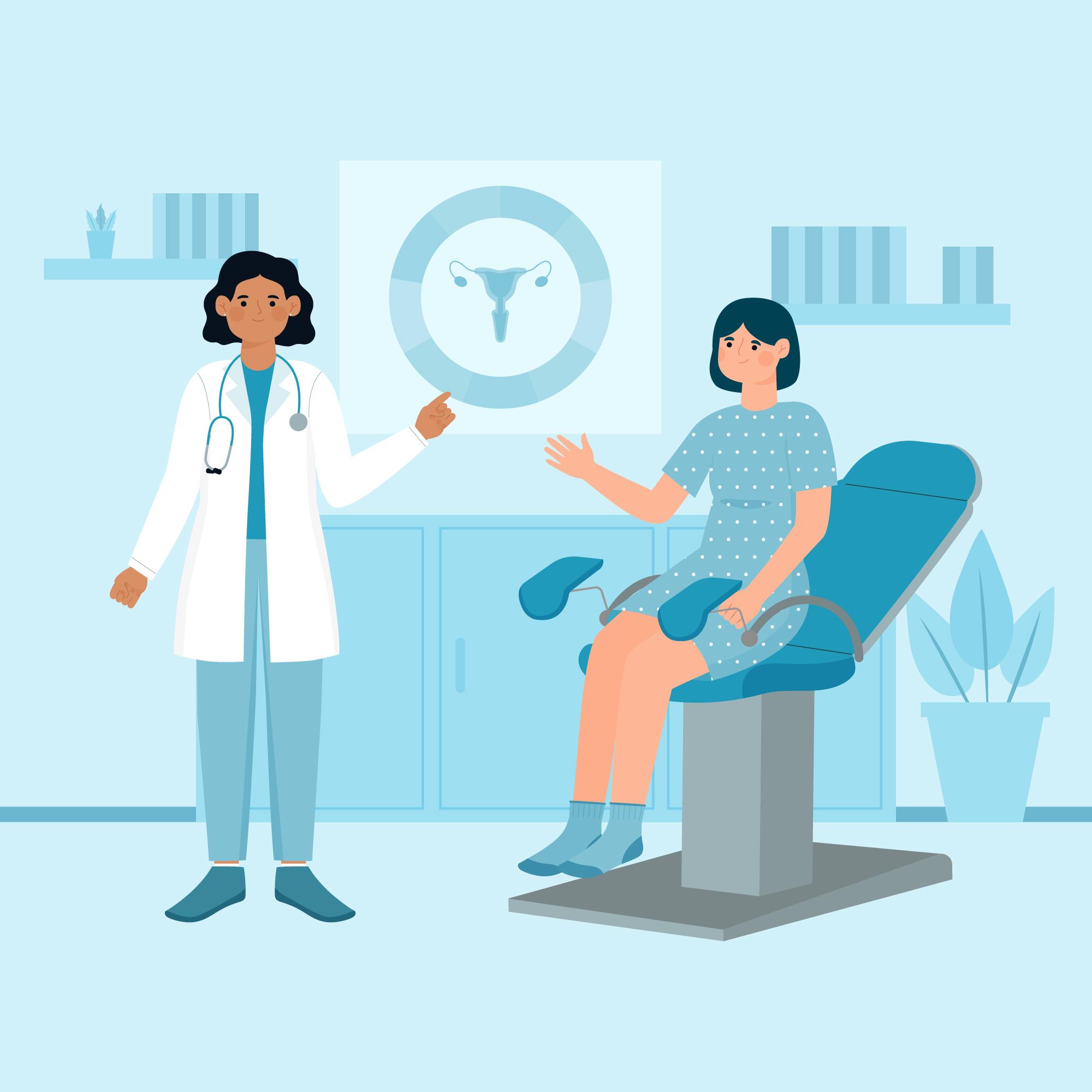Cervical cancer is one of the most preventable cancers affecting women worldwide. Pre-screening involves tests designed to detect precancerous changes in the cervix, enabling timely intervention and reducing the likelihood of invasive cancer. These screenings are vital for protecting women’s health, particularly in countries where cervical cancer is a leading cause of cancer-related deaths among women. This guide explains the importance of pre-screening, standard tests, preparation steps, and the benefits of early detection, supported by trusted references.
Why is Pre-Screening Important?
Pre-screening aims to identify abnormal or precancerous cells in the cervix before they develop into cancer. By catching these changes early, women can receive simple, effective treatments, preventing more complex and costly medical interventions later. According to the World Health Organization (WHO), cervical cancer is nearly always caused by persistent infection with high-risk human papillomavirus (HPV). Regular pre-screening reduces cancer incidence and saves lives by enabling early detection and treatment [1].
Common Cervical Cancer Screening Tests
Pap Smear Test
The Pap smear is one of the most widely used methods for detecting cervical abnormalities. It involves:
- Using a speculum to widen the vagina for access to the cervix.
- Gently scraping cells from the cervix with a brush or spatula.
- Sending the collected cells to a lab for microscopic examination to detect abnormalities.
HPV Test
The HPV test is a molecular test that identifies high-risk HPV types known to cause cervical cancer. It can be done alone or alongside the Pap smear (co-testing). This test involves collecting a sample of cervical cells, which is then analyzed for the DNA or RNA of high-risk HPV types. WHO recommends HPV DNA testing as the most effective method for cervical cancer pre-screening [2].
How to Prepare for Pre-Screening
Preparing for a cervical cancer screening can improve the accuracy of the results. Follow these tips:
- Schedule the test when you are not menstruating.
- Avoid sexual intercourse, douching, or using vaginal products (like creams or medications) 48 hours before the test.
- Inform your healthcare provider about any recent health changes or symptoms.
Who Should Get Pre-Screened?
Screening guidelines vary based on age and individual health conditions:
- Women aged 21–29 should undergo a Pap test every three years.
- Women aged 30–65 are advised to have either a Pap and HPV test every five years (co-testing) or a Pap test alone every three years.
- Women over 65 who have had regular screenings with expected results may no longer need screening unless they have a history of cervical pre-cancer [6].
Special considerations apply to women with higher risk factors, such as those with HIV or weakened immune systems. WHO provides specific guidelines for these populations, emphasizing the importance of regular screenings and early interventions [3].
Benefits of Early Detection
Early detection through pre-screening offers numerous advantages:
- Higher Survival Rates: Early treatment is more effective and less invasive.
- Cost-Effective: Preventing advanced cervical cancer reduces healthcare costs.
- Quality of Life: Early intervention prevents women from aggressive treatments like surgery or chemotherapy.
Studies show that regular screening has drastically reduced cervical cancer cases in countries with widespread screening programs [4].
Conclusion
Pre-screening for cervical cancer is a powerful tool for preventing one of the most common cancers in women. Regular tests like the Pap smear and HPV test can detect early changes in cervical cells, giving women the best chance for successful treatment. By understanding the importance and benefits of pre-screening, you can take a proactive step toward safeguarding your health.
References
- World Health Organization (WHO) – Cervical Cancer Fact Sheet
- WHO Guideline for Screening and Treatment of Cervical Pre-Cancer Lesions
- WHO Recommendations for Screening and Treatment to Prevent Cervical Cancer
- NCBI – WHO Guideline for Screening and Treatment of Cervical Pre-Cancer
- NCI – Cervical Cancer Screening


